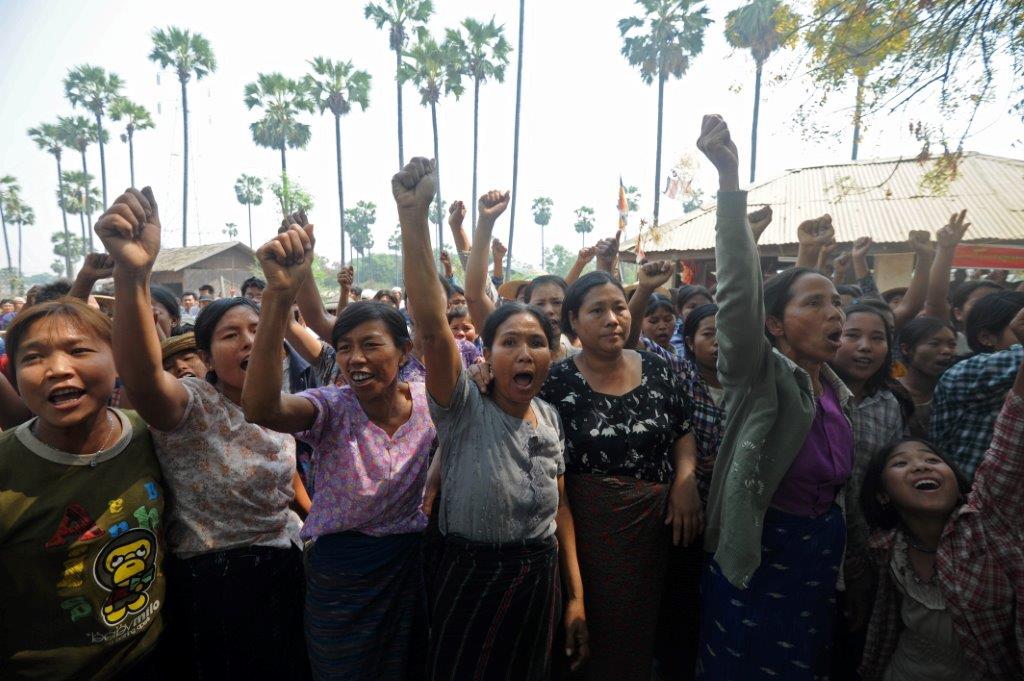News
The Recent Natural Disasters and Disaster Preparedness in Southeast Asia
Southeast Asia is a region highly prone to natural disasters due to its unique geographical location and diverse climate. In recent years, the region has witnessed a series of devastating natural calamities, including typhoons, floods, earthquakes, volcanic eruptions, and landslides. These events have caused significant loss of life, widespread displacement, and massive damage to infrastructure and economies. For instance, typhoons and tropical storms frequently batter countries like the Philippines and Vietnam, bringing torrential rains and powerful winds that result in flooding and destruction of homes and livelihoods. The 2022 Typhoon Rai Odette in the Philippines is a stark example, causing hundreds of deaths and displacing millions of people. Meanwhile, Indonesia’s position along the Pacific Ring of Fire makes it especially vulnerable to earthquakes and volcanic eruptions, with the 2023 eruption of Mount Semeru and frequent tremors underscoring the ongoing risk. Flooding remains a persistent challenge in countries such as Thailand, Malaysia, and Myanmar, often exacerbated by rapid urbanization and inadequate drainage systems. The increasing frequency and intensity of these disasters have highlighted the critical need for effective disaster preparedness and resilient infrastructure across Southeast Asia.

Governments in the region have intensified their focus on building comprehensive disaster risk reduction frameworks, incorporating early warning systems, community education, and emergency response capabilities. Many countries have invested in meteorological and geophysical monitoring technologies to provide timely alerts, allowing residents more time to evacuate or prepare for impending disasters. For example, the ASEAN Agreement on Disaster Management and Emergency Response AADMER serves as a regional cooperative platform, promoting shared resources, expertise, and coordinated responses to cross-border emergencies. Additionally, national disaster management agencies have expanded their outreach programs to educate vulnerable communities on disaster preparedness measures, emphasizing evacuation drills, emergency kits, and understanding hazard maps. Despite progress, challenges remain, particularly in ensuring that remote and marginalized populations receive adequate support and information. Infrastructure resilience is still a concern, especially in rural and less developed areas where buildings and critical facilities often do not meet safety standards against earthquakes, floods, or storms.
Climate change further complicates disaster preparedness, as it contributes to rising sea levels, unpredictable weather patterns, and more severe storms, necessitating adaptive strategies that can cope with future uncertainties. Governments and international partners are increasingly recognizing the importance of integrating climate adaptation into disaster risk reduction planning to build long-term resilience. Efforts to restore and protect natural ecosystems such as mangroves and forests also play a role, as these act as natural buffers against storm surges and landslides. In recent years, technological advancements and community participation have enhanced disaster preparedness in the region. The use of mobile technology and social media platforms for real-time communication during emergencies has improved the speed and reach of disaster alerts. Community-based disaster risk management programs empower local residents to take ownership of preparedness activities, fostering a culture of readiness and mutual support. NGOs and international organizations continue to support capacity-building initiatives, providing resources and training to strengthen local disaster response teams. However, damayi continual investment and political commitment are necessary to sustain these gains and address evolving threats. Southeast Asia remains vulnerable to a wide range of natural disasters that pose serious risks to its population and development.
